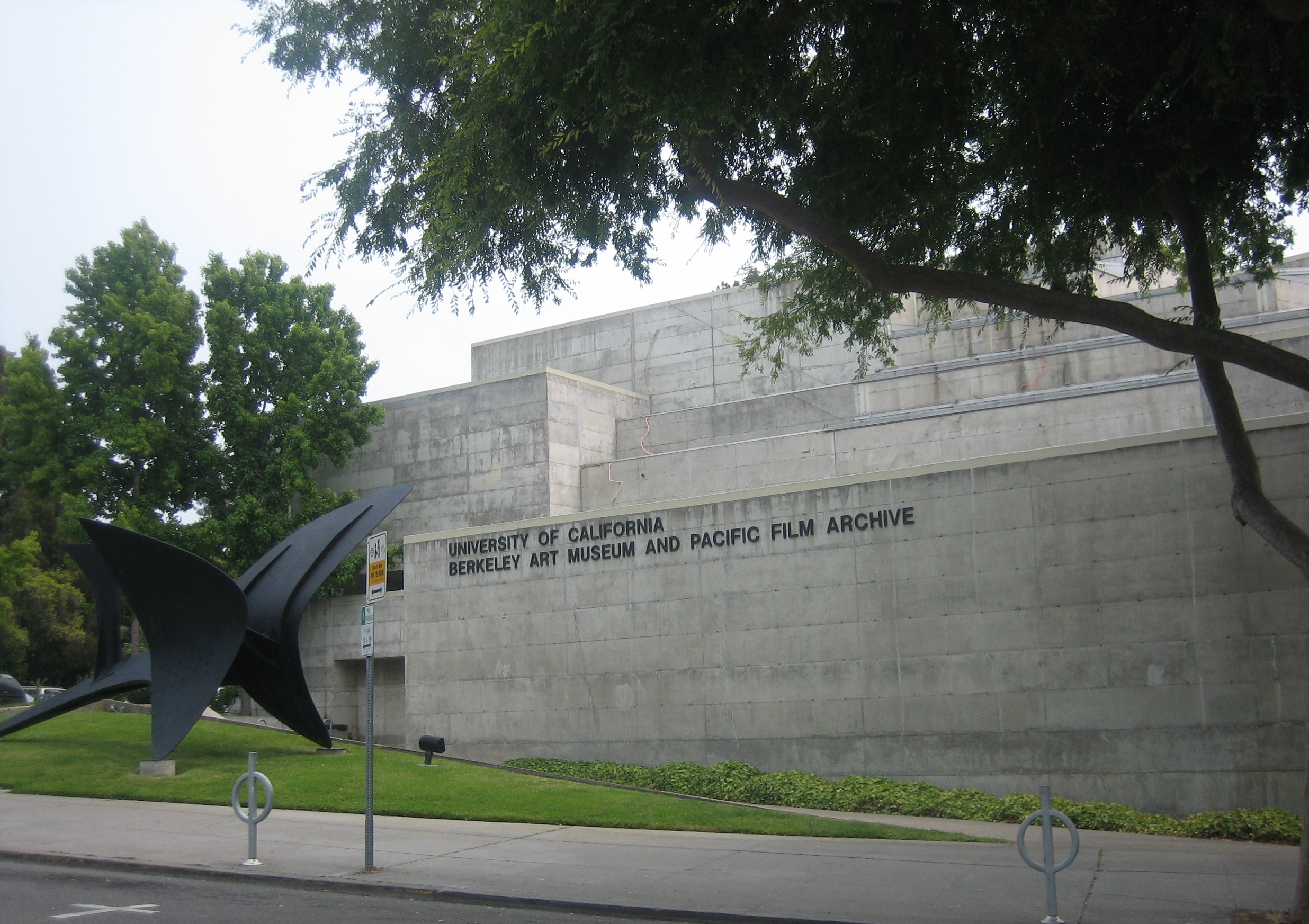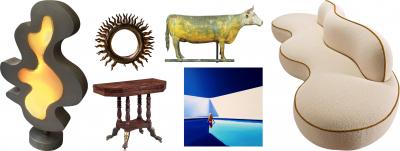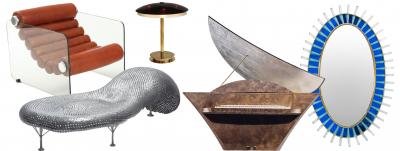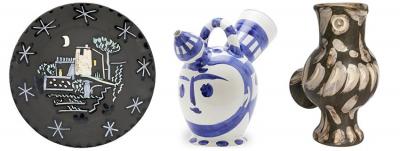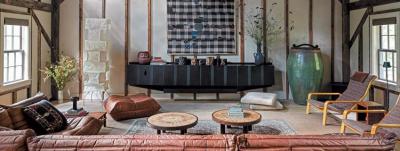The Berkeley Art Museum Says Goodbye to Its Brutalist Building
On Sunday, December 21, the Berkeley Art Museum and Pacific Film Archive (BAM/PFA) in Berkeley, California, will say goodbye to its Brutalist home of forty-four years. Founded in 1963 following a major donation from the Abstract Expressionist painter Hans Hofmann, the BAM/PFA announced an architectural competition to design the new museum building in 1964. The jury named the San Francisco-based architect Mario Ciampi and his associates Richard L. Jorasch and Ronald E. Wagner the winners of the competition, saying, “The richness of this building will arise from the sculptural beauty of its rugged major forms and will not require costly materials or elaborate details. We believe this design...can become one of the outstanding contributions to museum design in our time.”
One of the largest university art museums in the United States, the BAM/PFA opened the doors of its distinctive Modernist building on the UC Berkeley campus in 1970. Executed in the Brutalist style, an architectural movement that flourished from the 1950s to the mid-1970s, the BAM/PFA’s building is a behemoth cast concrete structure. While decidedly ambitious and atmospheric, Ciampi’s building was not without its flaws. After the Brutalist style fell out of fashion, critics felt the structure was too imposing, often overpowering more delicate artworks. In 1997, a year after Ciampi was honored with the American Institute of Architects, California Council’s Twenty-Five-Year Award for the building, the Berkeley Art Museum was deemed seismically unsafe. After a few attempts to improve the structure’s stability, the BAM/PFA announced that it would begin working on a new home.
The BAM/PFA has tapped the celebrated New York-based architecture firm Diller Scofidio + Renfro to design its new, state-of-the-art building in downtown Berkeley. According to the museum’s site, “The new BAM/PFA will be a dynamic and engaging place to experience our diverse art, film, performance, and education programs, and to access our extensive collection and archives.” The project will integrate a repurposed building -- UC Berkeley’s former Art Deco-style printing plant -- with a dramatic and forward-looking new structure. The resulting 82,000-square-foot complex will feature galleries, a participatory art studio, a theater, and a learning center.
The BAM/PFA’s new facility is expected to open in early 2016. The museum has organized a number of off-site exhibitions in the interim. No definite plans have been announced for the Ciampi building, which is managed by the University of California, but a release from UC Berkeley noted that it “will likely provide academic and support space for campus units that need more space.”















